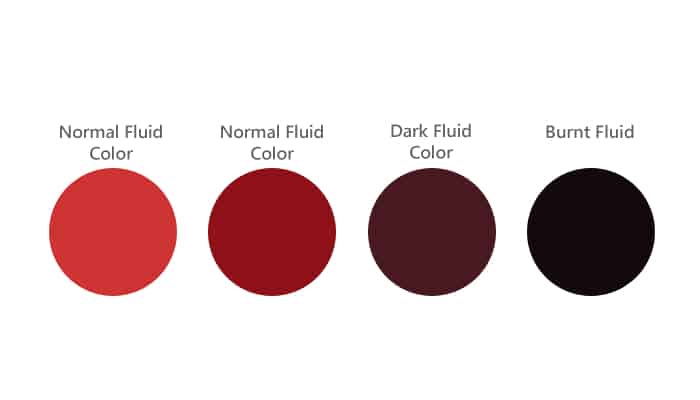Allison 2200 Transmission Fluid Capacity
When it comes to maintaining your Allison 2200 transmission, one important aspect to consider is the transmission fluid capacity. Knowing the right amount of fluid required for your transmission is crucial for its optimal performance and longevity. In this article, we will provide you with the necessary information regarding the transmission fluid capacity for the Allison 2200.
Transmission Fluid Capacity and Type
| Popular posts |
|---|
| What to do to prolong the life of your manual gearbox |
| Automatic transmission: what it is, how it works |
Before we dive into the specifics, let’s take a look at the transmission fluid capacity for the Allison 2200. The table below outlines the recommended fluid capacity in both quarts and liters:
| Transmission Fluid Capacity | Quarts | Liters |
|---|---|---|
| Allison 2200 | 16 | 15.1 |
Now that you know the transmission fluid capacity, it’s important to use the right type of fluid for your Allison 2200 transmission. The recommended fluid type for this transmission is the Dexron VI automatic transmission fluid (ATF). It is essential to use the correct fluid to ensure proper lubrication and cooling of the transmission components.
Fluid Maintenance and Replacement
Regular fluid maintenance and replacement are vital for the health of your Allison 2200 transmission. Over time, the transmission fluid can become contaminated with debris, dirt, and other harmful particles. This can lead to decreased performance and potential damage to the transmission.
It is recommended to follow the manufacturer’s guidelines for fluid maintenance intervals. Typically, it is advised to replace the transmission fluid every 50,000 to 100,000 miles, depending on your driving conditions. However, if you frequently engage in heavy towing or hauling, it may be necessary to replace the fluid more frequently.
When performing a transmission fluid replacement, it is essential to follow these steps:
- Ensure the vehicle is on a level surface and the engine is turned off.
- Locate the transmission fluid pan and remove the bolts to drain the old fluid.
- Clean the pan thoroughly to remove any residue or debris.
- Replace the transmission filter if necessary.
- Reinstall the pan and tighten the bolts to the manufacturer’s specifications.
- Add the recommended amount of Dexron VI ATF to the transmission through the dipstick tube.
- Start the engine and let it idle for a few minutes.
- Check the fluid level using the dipstick and adjust if necessary.
Safety Precautions
While performing any maintenance on your vehicle, including transmission fluid replacement, it is crucial to prioritize safety. Here are a few safety precautions to keep in mind:
- Always wear protective gloves and eyewear to prevent any contact with harmful fluids or debris.
- Ensure the vehicle is securely supported on jack stands or ramps before working underneath it.
- Allow the engine and transmission to cool down before attempting any maintenance to avoid burns.
- Dispose of the old transmission fluid properly, following local regulations and guidelines.
By following these safety precautions, you can minimize the risk of accidents or injuries during your transmission fluid maintenance.
Conclusion
Understanding the transmission fluid capacity for your Allison 2200 transmission is essential for its proper functioning and longevity. Remember to use the recommended Dexron VI ATF and follow the manufacturer’s guidelines for fluid maintenance and replacement intervals. By taking care of your transmission fluid, you can ensure a smoother and more reliable driving experience.
What Color Should Transmission Fluid Be?


